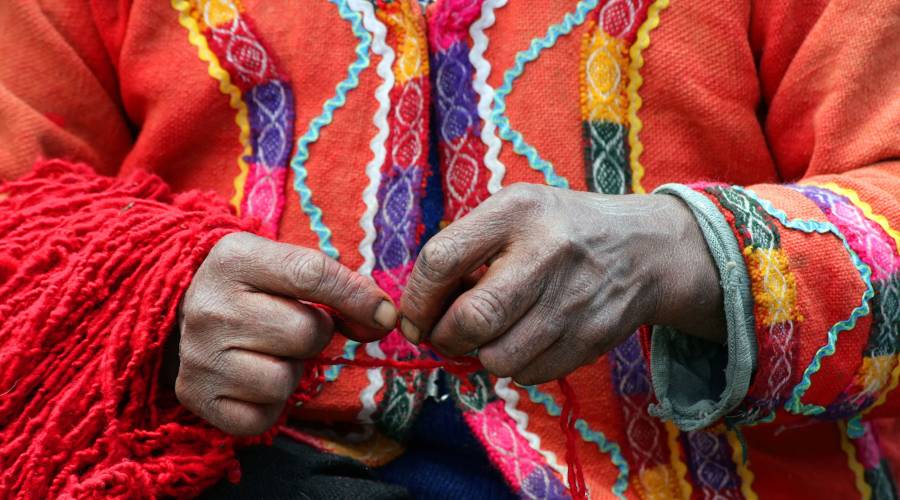
Spotlight on Machu Picchu
From the mountaintop citadel of Machu Picchu, look out over the surrounding landscape. Rocky peaks loom over great, forested hills, which plunge precipitously toward jungle valleys, not an arable field in sight.

But at one time, hundreds of people lived here. So what did they eat? Well, the Incas cultivated corn where they could and relied upon potatoes, which grew well in the rocky soil. Their main source of protein was the domesticated cuy or guinea pig. In fact, an Incan proverb advises, “Raise cuy and eat well.”
Named for the high-pitched chirping sound they make, cuyes were being eaten in the Andes as early as 5,000 years ago. When the Spanish arrived, a group of priests asked Gerónimo de Loayza González, the first bishop of Lima, to order the locals to kill all the rodents, but he refused their request, fearing it would set off a rebellion in the newly colonized country.
Hiram Bingham, the Yale archaeologist who rediscovered Machu Picchu for the West, noted the long tradition of raising and eating cuy in the Andes when he was exploring the region. In his book Lost City of the Incas, Bingham writes:
“Not only were the Incas remarkable for domesticating plants, they also showed great skill in domesticating animals. In the Andes is a little rodent, called cuy. It is extremely timid and difficult to catch… Discovering that it was very palatable when roasted over an open fire or boiled in a stew, the Incas domesticated it and developed a dozen different varieties, all of which are so tame that they can be trusted to run about the floor… and are ready to be caught, killed, cooked and served as delicious morsels whenever company appears unexpectedly.”
Today, Peruvians consume an estimated 65 million cuyes each year. According to the Peruvian Ministry of Agriculture, cuyes have more protein and less fat than even lean meats like chicken or pork. The only problem is that there’s not a lot of meat on them.
Enter the National Agrarian Research Institute and the new super cuy. Beginning in 1970, scientists at the institute have worked on breeding a larger variety of cuy that can weigh up to seven pounds (a typical cuy weighs about 1.5 pounds). They believe that these larger cuyes have the potential to provide a low-cost, easy-to-raise source of protein for Peru’s rural poor.
In Andean homes, cuyes are usually kept in the kitchen, where they’re allowed to run free and forage on scraps of food dropped on the floor. It’s not unusual to give a mating pair to a newly married couple so that they can start their own community of cuyes. And despite the fact that they live in the house, they’re never considered pets.
Want to find out more about cuyes? Grab a copy of Edmundo Morales’ thorough work, The Guinea Pig: Healing, Food and Ritual in the Andes. And when you’re gazing out over the grandeur of the lost city of the Incas, remember the contributions of the humble guinea pig and listen for its soft cuy cuy in the echoes of the past.
Machu Picchu is a featured stop on our Around the World expeditions.







